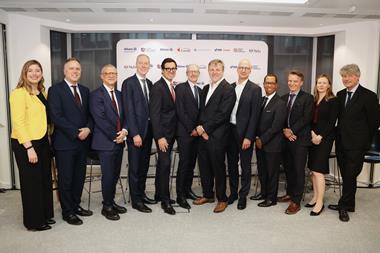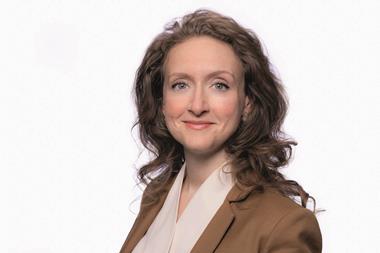The topic of variable pension payouts generated a heated debate among delegates at the presentation of this year’s Aon Hewitt pension fund survey in Zurich.
This year’s survey, Aon Hewitt’s sixth, canvassed more than 160 Pensionskassen, with more than CHF237bn (€193bn) in combined assets under management.
According to Marianne Frei, actuarial expert at the consultancy, the shift from defined benefit (DB) to defined contribution (DC) continues apace.
She also highlighted further cuts in technical parameters such as the discount rate ‘technischer Zins’ and the conversion rate ‘Umwandlungssatz’ in those pension funds managing above-mandatory contributions.
On the topic of the technical parameters that would help save costs for Swiss pension funds, most respondents cited less regulation.
Werner Hertzog, managing director at Aon Hewitt Switzerland, to IPE: “For the first time, they are talking about variable pension payouts or mandatory lump-sum payments upon retirement for parts of the assets.”
The data collected by the consultancy showed that the average performance over the last seven years – 2.2% – covered just 80% of the required returns, yet the average pension payout level remained the same.
Hertzog said adding a variable pension element to a basic fixed pension was “one possibility to put an end to these transfers” of active members’ assets to retirees.
“But it might not be the right solution for all Pensionskassen,” he added.
Hertzog said he was convinced that a variable scheme would become “a standard in the above-mandatory segment sooner or later”, especially if pension funds of public organisations such as the SBB were introducing it.”
Many Swiss pension experts are sceptical whether the SBB will defy unions and follow through with its proposal to introduce a variable pension element in future contracts.
At the energy pension fund PKE, which is introducing a variable element from next year, three-quarters of the active members were in favour of the measure.
Ronald Schnurrenberger, managing director at PKE, added: “They are aware it will be themselves who will have to live with this variable pension element of 10% of the payout – we were surprised.”
But Brigitte Schmid, managing director of the Swiss Re Pensionskasse, is “completely against” the model, as “you cannot be sure it will really also lead to an increase of the pension payout at times”.
“People will feel something is taken from them,” she pointed out, adding that it might be better to lower the technical parameters further.
At Swiss Re, she is “rather” looking into a mandatory lump-sum payment on retirement as opposed to a life-long pension payout – “if such a measure is introduced at all”.
Markus Hübscher, managing director at SBB Pensionskasse, said the debate always made it sound as if the whole pension payout would be variable in future – “but 90% or even more are fixed”.
He argued that Pensionskassen “should not make promises they cannot keep”.
According to Hertzog, variable pension payouts can be calibrated in different ways – for example, as an absolute means of last resort if they are combined with an already very low discount rate.
“Pensionskassen,” Hertzog said, “should use the flexibilities they still have within the legal framework, and a variable pension element is not about cutting benefits, it’s about risk-sharing of retirees.”
For more on Switzerland’s flexible pension payouts, see the December issue of IPE magazine.













